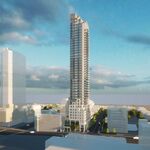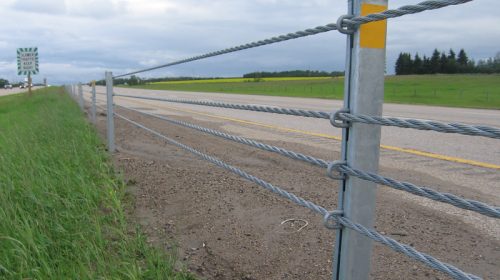BurlOak
Senior Member
3 express, 3 collector.Generally, expanding beyond 6 adjacent lanes is not desirable and express/collector is recommended. 3 express/3 collector will operate much better than 6 general lanes, and is better for accident management/redundancy, etc.
- 2.5m left shoulder, 3.5m left lane, 2x3.75 lanes and 3.0m right shoulder. Repeat for collector. Then a 0.8m median barrier. Total = 33.8m
7 lanes.
- 2.5m left shoulder, 2x3.75m lanes, and 5x3.75 lanes and 3.0m right shoulder. Total = 31.25m
- 2.5m left shoulder, 2x3.75m lanes, and 6x3.75 lanes and 3.0m right shoulder. Total = 35.0m









